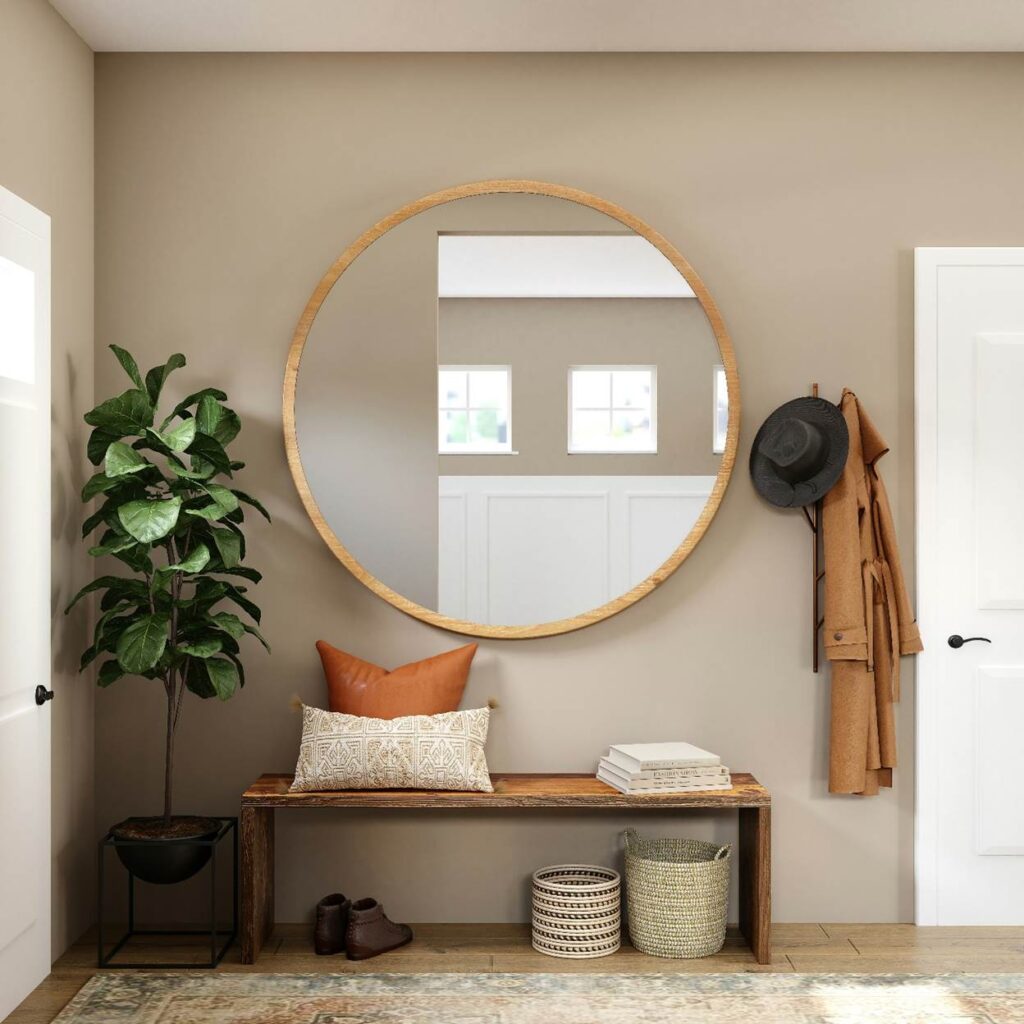
By: Retirement Home Insider retirementhomeinsider.com
Deciding on the very best retirement home for you and your family can be both overwhelming and confusing.
Couple that with the anxiety and rollercoaster of emotions that comes with the decision to make a move, it’s hard to know where to start.
When choosing the best retirement home, it helps if you begin the search by knowing what to look for.
The most critical point in your search should be ensuring that the Executive Director leading the home is top notch. A commanding leader who builds great teams. You can find out more here in our Free Ultimate Guide:
Free! The Ultimate Guide to Choosing the Best Retirement Home Possible In Senior Living – Here
Having led over 50 communities (both new and old), we’ve compiled the important points to consider when deciding between a new or older building.
As for the building itself, there are benefits to both types – it’s kind of like deciding whether to stay in a trendy, high-tech hotel, or a charming, cozy bed and breakfast.
Since it’s about personal preference, so we’ve broken this up into “The Good, The Bad & The Ugly”.
Invariably, families seem to lean to the new, innovative, state of the art facilities, and residents usually have a preference for the comfortable, established and more relatable retirement homes.
Some of the items below in the Good also end up in the Bad – it all just depends on your perspective.
Here’s what to look for to find the very best retirement home, when considering both options:

The Good 😊
New Build
The best part of a new build? Most Executive Directors start anywhere from 8 months to a year before opening a new building.
This means they have more time to spend with you, so you can take the time to understand what kind of culture they will try to build.
More positives with a new building:
- Modern Design & Amenities. Most new builds have more open space, have brighter color schemes and lighting, and have more senior friendly furniture and amenities. New build amenities are designed to suit the footprint.
- Some technological advances can be very useful for added safety features (like falls detection software or curb less showers), as well as comfort features (motion detection lighting, community minded spaces built for presentations).
Click Here: 7 (And 1/2) Great Questions to Ask the Executive Director of a Retirement Home

- You and your loved one have the opportunity to help build the new home’s culture.
- With a new building, you can influence what’s important and what’s not. Help create and shape what the sense of community in the building is going to look like.
- Companies are eager to put their best foot forward with a new build. This tends to result in better resident outcomes, such as attentiveness to resident/family concerns, incentives and overall value for the residents.
- Newly opened buildings often have a much higher staff to resident ratio early on as team members need to get trained/up to speed.
- Both in presales and the first year or two of opening, there is far greater availability for you to pick your suite of choice.
Older Builds
- Older buildings have a track record that’s easier to investigate. You can quickly see Google reviews, look up audits and feel the general vibe online of what the property is all about.
- You have an established culture within the building. Routines have been set, resident likes/dislikes ironed out – it’s much easier assess suitability between the property and your loved one.
- On average, rent is lower at an older building for roughly the same product. There are some generalities here, but the cost difference to build new today vs what it was to build even 5 years ago is significant and reflected in the average rent.
Concerned About How Safe A Retirement Home Is? 7 (And 1/2) Important Questions To Ask During A Tour

- The older building has probably worked out the personnel kinks, have fully trained team members who have worked through the growing pains of opening a new building.
- The programming & activities for the residents are usually more fulsome. There is more to do on a day-to-day basis as there are more residents to participate and the department is better staffed.
Further, there is most likely a larger cross section of educational, physical and spiritual programs available since the number of events being run are greater.
The Bad ☹
New Build
- Generally speaking, everything is more expensive. The starting rents, the added services, the cost of med admin – everything. There’s a pro forma out there that expects a certain return against the cost to build.
- If the lease up is slower than expected (i.e. they don’t sell suites as fast as they thought), staffing could be compromised. There are usually thresholds of occupancy before they would add another server in the dining room, for example, even if service is suffering.

- It is tougher to uncover the track record of the builder or operator when building new homes.
- It can turn out poorly if the builder is inexperienced in senior living or the operator doesn’t understand the complexities of scaling a senior living home.
- There are fewer like-minded seniors to bond with in the first couple of years.
- Even with a regular move in pace, it can be difficult to establish programs and groups for common interests without enough seniors to participate.
- Programming may not be as extensive since there aren’t as many residents to participate in activities.
- This gets back to staffing – if the building is slow to fill, the residence will be slow to add programming, which could last a while….
- Construction noise and contractors. For at least the first year, there will be many interruptions in service, dozens of contractors walking around the halls and a lot of noise that will impact the ambiance and convenience of the property.
Landscaping is normally last on the list for the new build, so expect a lot of mud and limited use of outdoor space for the first 1-2 years.

Older Builds
- Older buildings have established cliques of residents. Sometimes it can be hard to fit in – and occasionally established residents can be tough on seniors who are new to the home.
- You will most likely have smaller common area spaces to operate in. Fewer nooks for conversation. Sometimes spaces like a Bistro, feel forced into an area as opposed to designed to suit.
- The décor furniture may be old/outdated, and the overall amenity space may be limited (like a smaller exercise room with fewer equipment options).
- Carpets will get worn and stained along with chairs and tables, all of which are very expensive to replace.
- Lighting is probably poorer, fewer electrical plugs and older appliances in suite. Cabinetry can look tired, and most bathrooms have step in tubs with fewer grab bars.
- It is very hard to retrofit technology into older spaces. Sometimes simple things such as a better Wi-Fi experience can be very expensive for an older building to address and therefore gets put off for years.
4 Critical Things You Must Know About Retirement Home Leases

The Ugly ☹
New Builds
Sometimes new technology is great in thought, but terrible in practice. It’s like the more gadgets you have in your car, the more things to frustrate you when they don’t work.
Let’s say your new suite comes with remote controlled blinds. Works awesome for two weeks until they stop functioning because they were poorly designed.
You’re stuck with nonfunctioning blinds in your bedroom until they can be replaced.
The point here is that not all new tech will work the way it’s supposed to, potentially leading to troublesome outcomes.

Older Builds
Capital reinvestment is great in theory until too many items pile up.
Capital dollars need to scale higher as the building ages, but companies rarely follow that sliding scale.
The older the building gets, the more capital money should be allocated to the building. However, the way it usually works is money gets allocated to the loudest voice, or the property with the best potential ROI.
Large and very expensive machinery behind the scenes tend to break – elevators, boilers, plumbing issues – which always eat up capital.
That limits the amount that can be invested in resident facing initiatives, such as a bocce court, walking paths or new chairs for the theatre.
We really appreciate your time. Did we miss anything?
Need Help Choosing A Retirement or Long Term Care Community?
Drop us a thought in the comments or send us a note – we’d love to hear from you.
We would be immensely grateful if you shared this article with your network.
More Free Expertise and Services Are Available @
Unbiased. Unfiltered. Reviews & Advice for Senior Living

